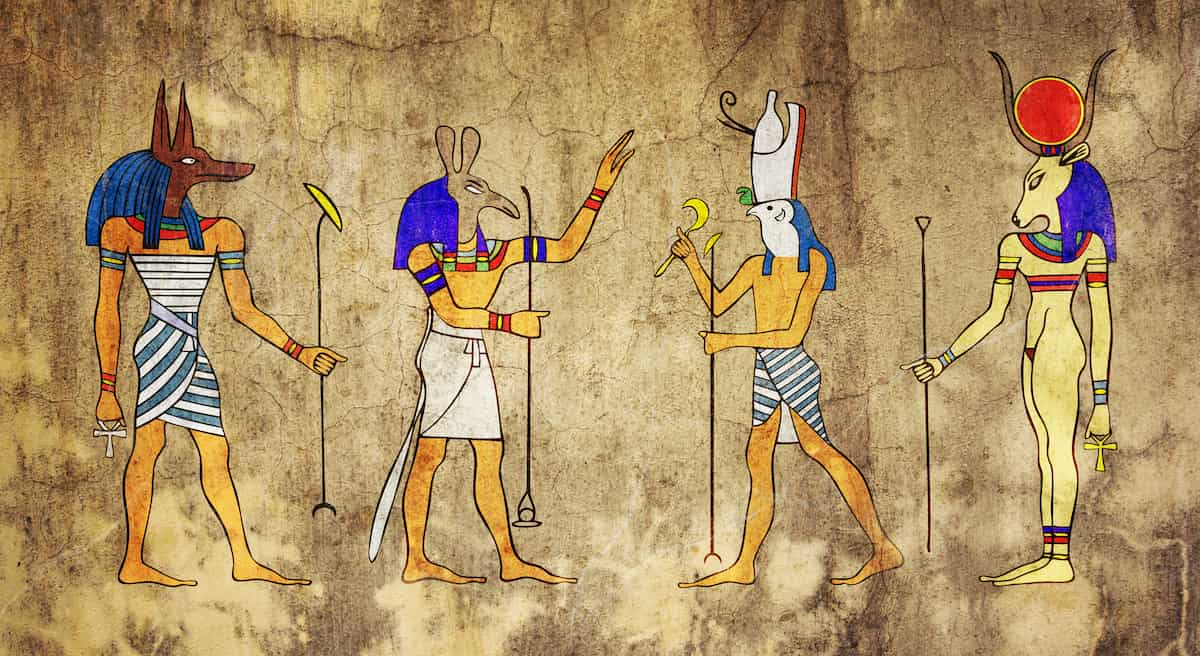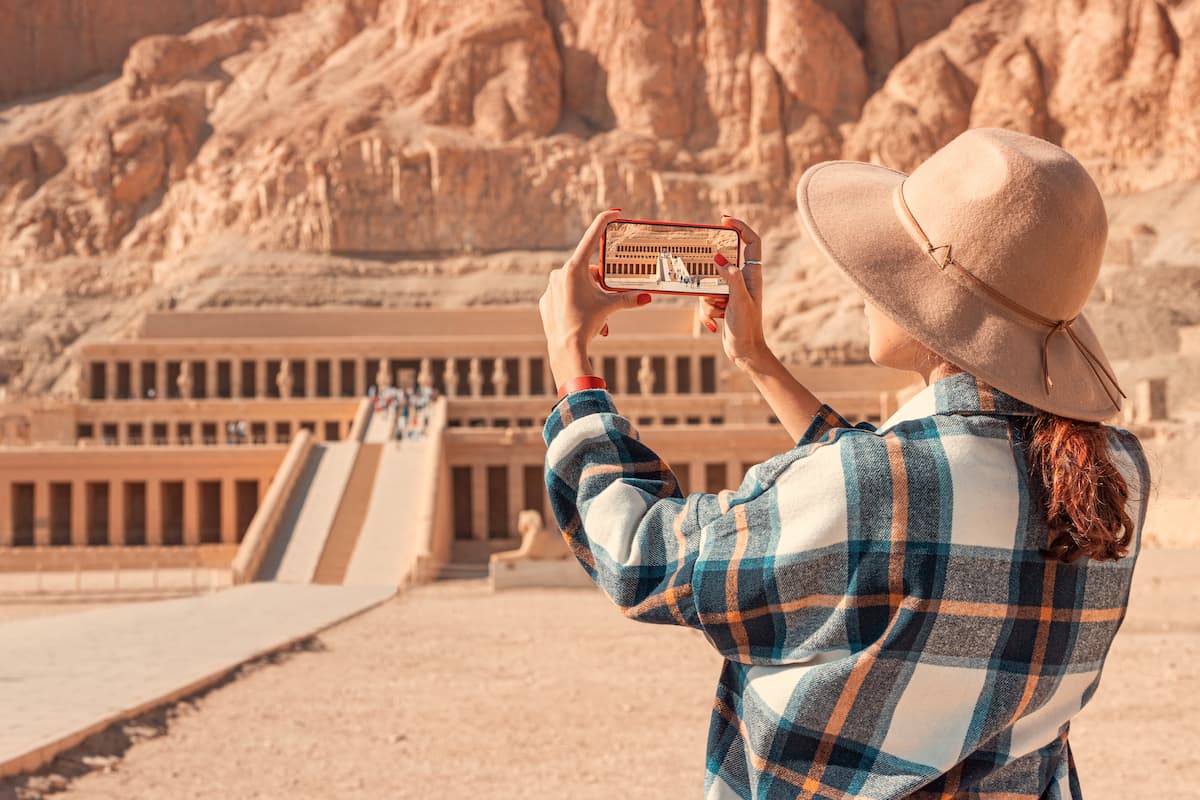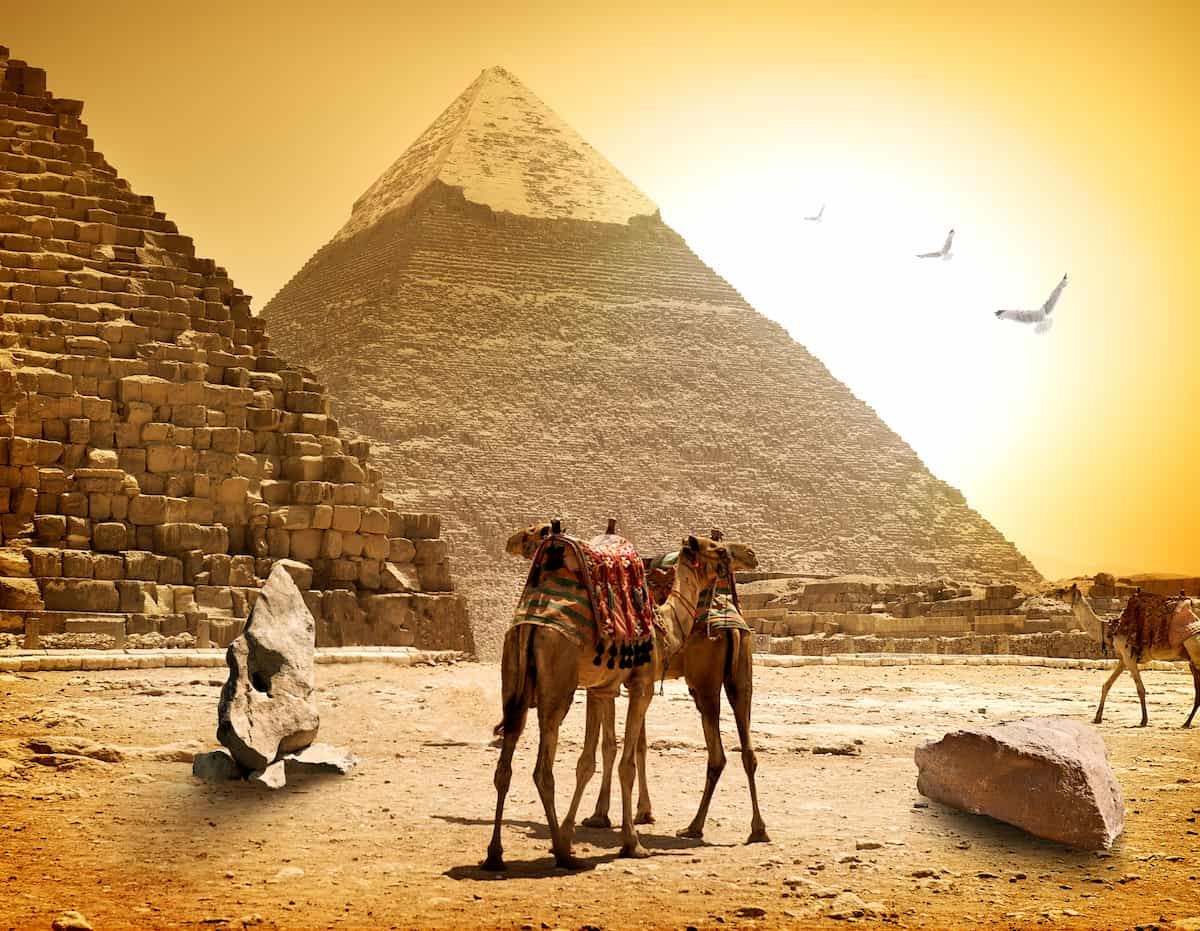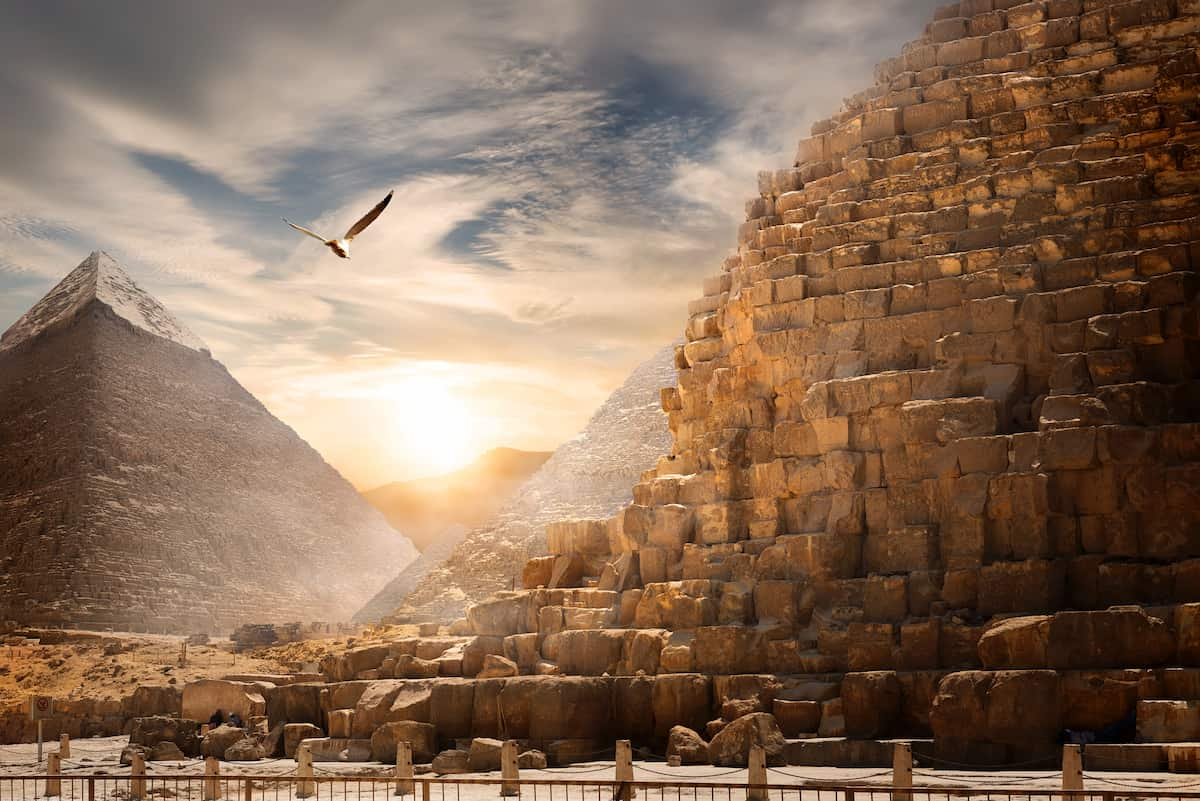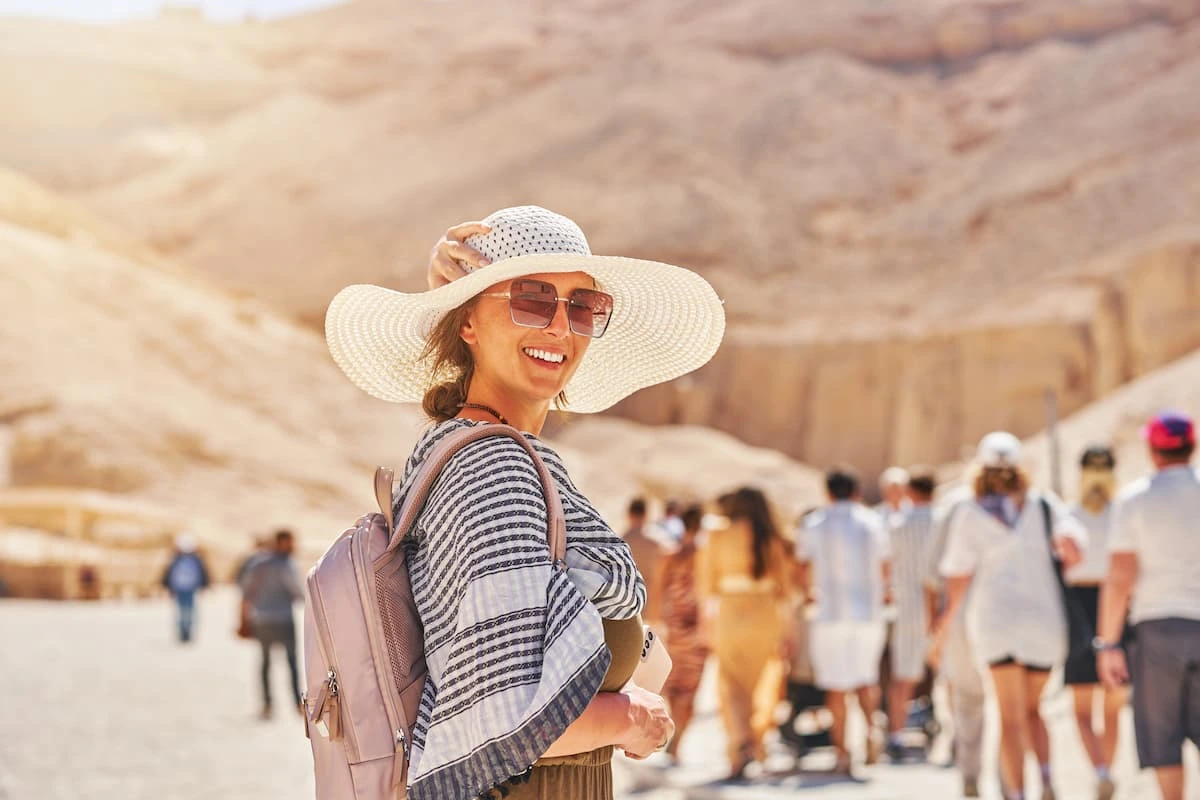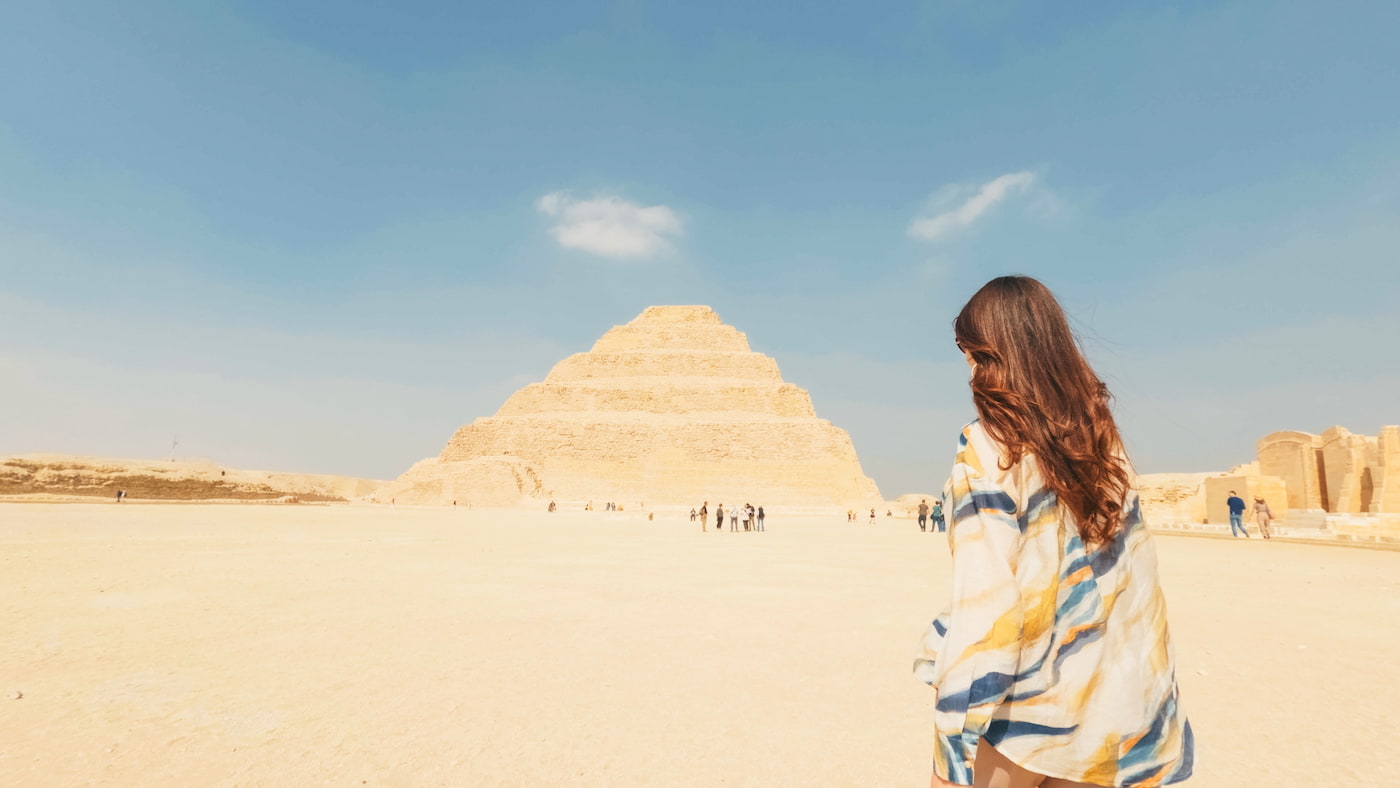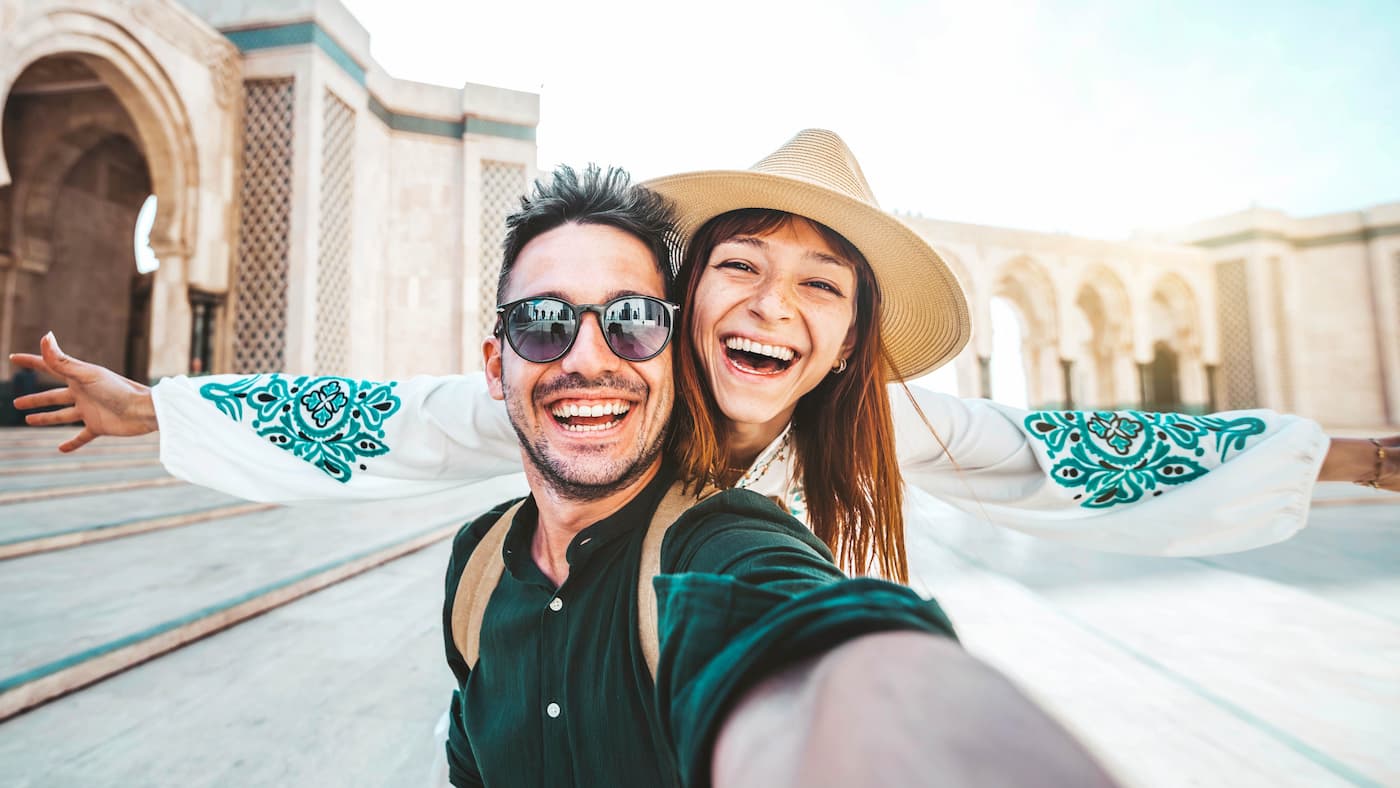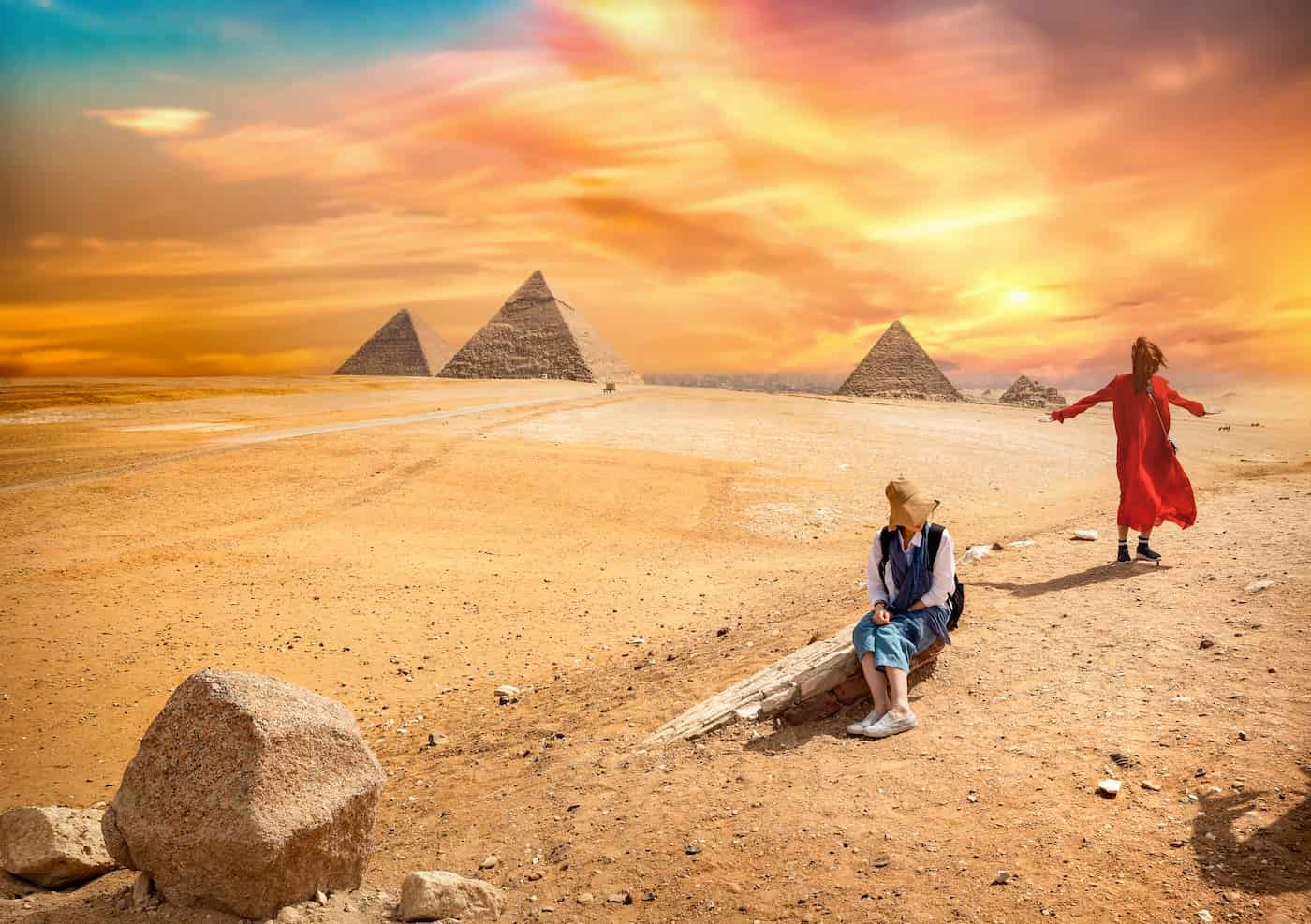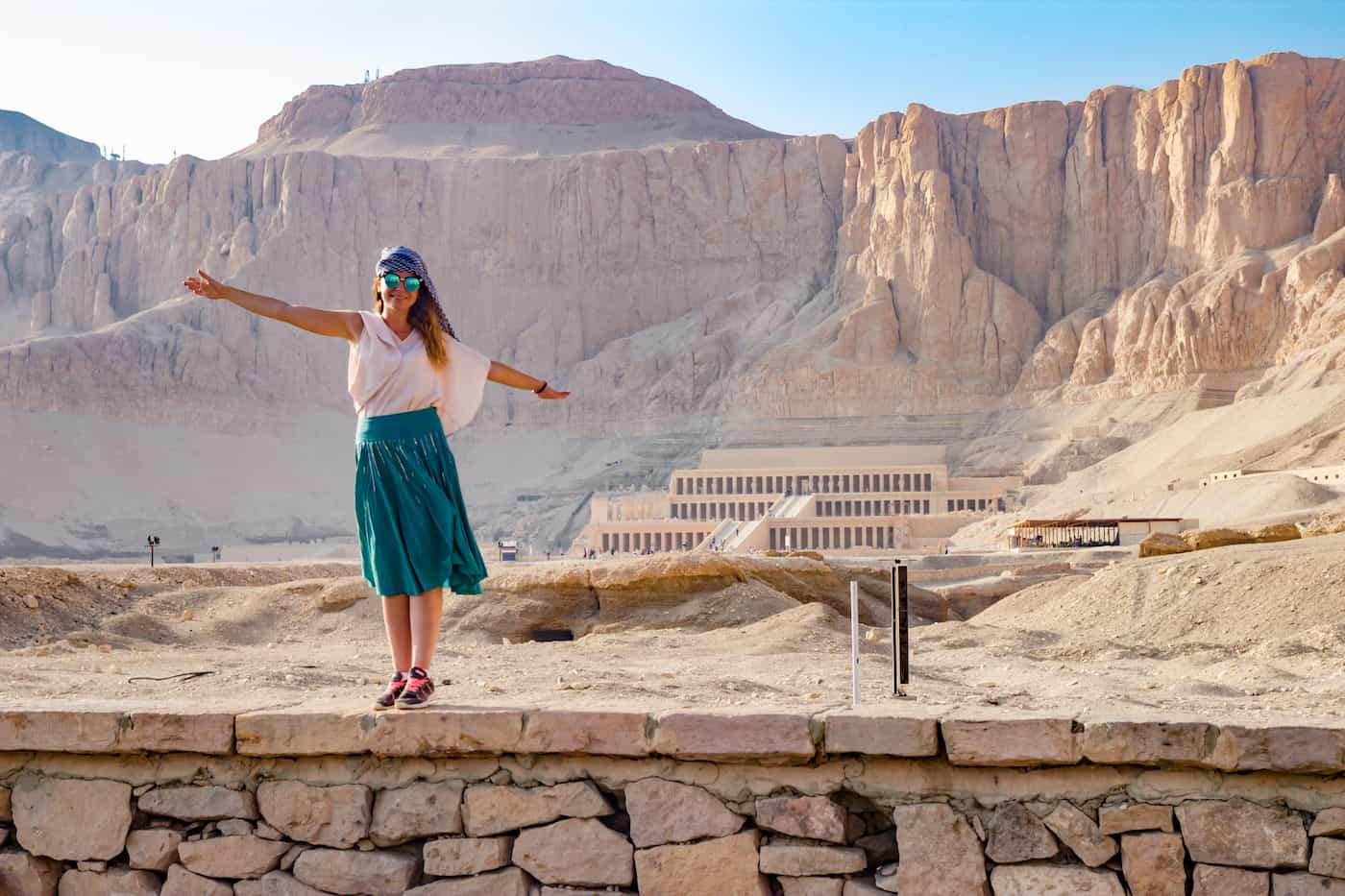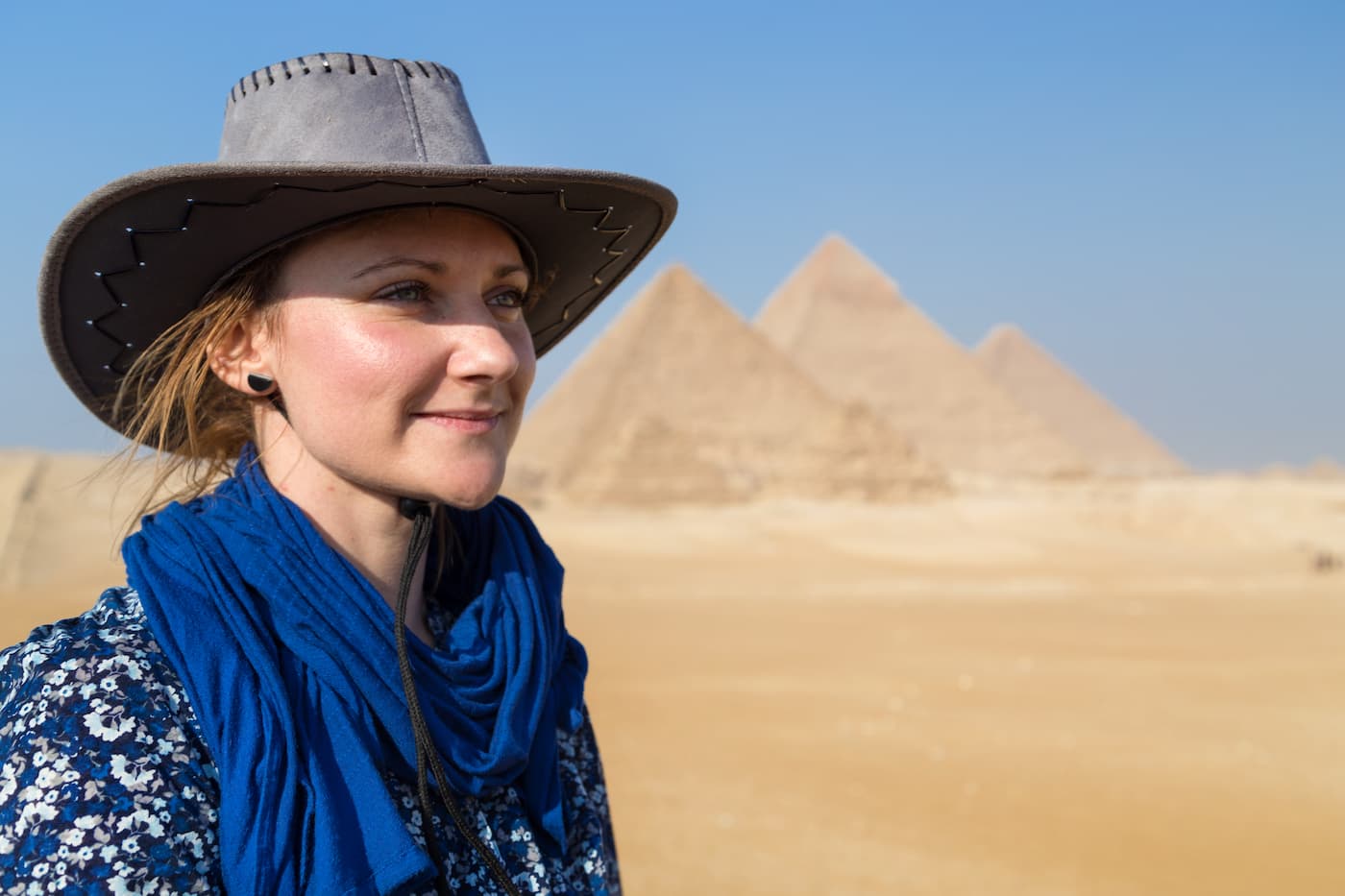Meet the Male Gods of Ancient Egypt: Ra, Osiris, Horus, and More
The Ancient Egypt Religion Gods, it’s fascinating how the Egyptian society not just founded a particular world currently well known but actually established the dual significant aspects of life. From the rising sun of the Gods to the twilight of the Nile, almost every aspect of life in ancient Egypt had the Gods deeply rooted in it. These gods were not some distant impersonal creatures; rather, they interacted with kings, assisted workers, and judged people’s souls in the life beyond.
The Understanding of Ancient Egyptian religion was such that an explanation was given for the creation of the world, the current world was maintained and governed, and it was to be destroyed. And who was the force that held it tight, preventing men from destroying nature? In other words, “Ma’at,” which is one of Egypt’s fundamental facts in the universe.
The essential foundation of the female nature was with men; there were more powerful male gods, each with his sphere of influence, in a certain manner establishing and controlling the destiny of Egypt and subsequently its inhabitants.
1. Ancient Egypt Religion Gods Names
In their perspectives of the universe, the name is a symbol expressing the function and character of monotheistic superhuman beings, including many of the gods, unless either high above ordinary human worldly concerns or subterranean deities, which ought not to be openly referred to lest they should be upset. Amun, equally the Sun God, and the creator of the world, and Hathor, the mother of Ihy, are frequently called the cow goddess as an extension of beings representing the earth, sun, and water. Among other deities, such as Min, Sobek the Crocodile god, and Bast the cat goddess, also warrant mention. To cut a long story short, Egypt had a proclivity for such gods, and the day had also one of the largest primordials; therefore, in world cultures. While anthologists recommend taking Egypt illustrations as the universal treasure of Egyptian history.
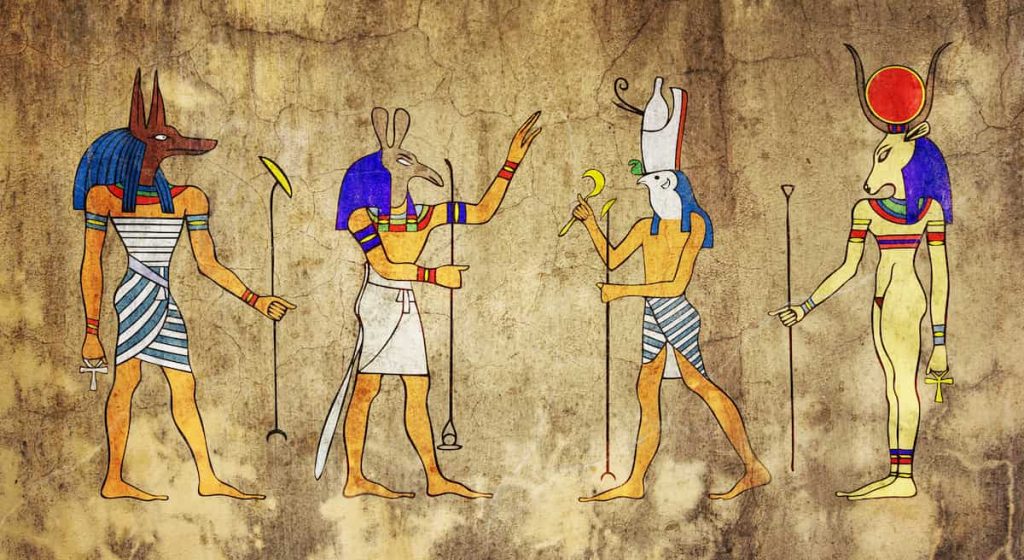
Ancient Egypt Religion Gods List
-
Ra (Re) – The supreme sun god and creator of all life.
-
Osiris – Lord of the underworld and god of resurrection.
-
Horus – God of the sky, war, and divine kingship.
-
Anubis – Guardian of the dead and master of embalming.
-
Thoth – God of wisdom, writing, and sacred knowledge.
-
Seth (Set) – God of chaos, storms, and the desert.
-
Amun – The hidden creator god, later combined with Ra.
-
Ptah – Divine craftsman and god of creation by speech.
-
Khnum – Potter god who created humans from Nile clay.
-
Montu – God of war and protector in battle.
Each name carried deep symbolic meaning and was often invoked for specific purposes: health, guidance, justice, rebirth, or victory. Understanding these names is the first step in exploring the vast spiritual world of ancient Egypt.
🔱 Dive Deeper into the World of Egyptian Gods & Goddesses
Meet the powerful deities who shaped the beliefs, rituals, and cosmic understanding of ancient Egypt. From the radiant Ra and wise Thoth to the magical Isis and protective Hathor, explore how these gods and goddesses influenced every aspect of life—from creation myths to the journey through the afterlife.
2- Ancient Egypt Religion: Gods and Their Symbols
Ancient Egyptian deities were well-identified by names, and they also had symbols telling their divine functionality. There were animals, objects, and heads of animals or plants that were typical of a god, and that was how he/she could be distinguished in temples or unbuildings erected constraints for tomb art. Ra, the god of the sun, was said to be crowned with the solar disk and with a falcon’s head. Osiris used to carry the art of the crook and flail, providing fertility and words of the throne, which provided the resurrection of Osiris, as shown with the green colour of the skin.
Horus, once a minor deity, became the Eye of Horus amulet, which was a very powerful defensive and medicinal substance. As we all know, Anubis, the guardian deity of Marne, had a figure of a man with the head of a jackal, which was a symbol of the dead. The inkling of a reason behind all these bizarre heads becomes particularly compelling in the case of Thoth, the god of learning, who had the headdress of an ibis and the corresponding crescent, similarly indicative of reason and care for time. These images hadn’t been made for mere decoration; people believed that these signs possessed magical properties and served to capture the will of the deities.
🏺 Ancient Egyptian Religion: The Spiritual Heart of the Nile
Step into the sacred world of Ancient Egyptian religion, where gods walked with pharaohs and cosmic balance shaped daily life. From temples honoring the divine to the eternal journey of the soul, religion in Egypt connected the heavens, the Nile, and the people. Discover how spiritual beliefs, powerful rituals, and sacred symbols defined a civilization for over 3,000 years.
2. Foundations of Ancient Egyptian Religion
The foundations of the religion of the Ancient Egyptians resided in the need to maintain cosmic balance, which is best defined as Ma’at. This Ma’at can be defined as a balance or an order in nature, where everything has its own space and importance; however, what is good according to the Ma’at concept? As much as developed law systems require the Ma’at principles, the ancient Egyptians created a style of economic life based on the same. Religion was not a foreign concept to the people; it was a prominent part of their lives. It regulated people’s ethical behavior and relationships.
In contrast to the Christian notion of only one god, the Egyptian people believed in the existence of a multitude of gods who were thought to have control over illustrious elements and domains as time, creation, and life after death, the most common chief deity being Ra. Pharaohs held a high seat and position of a king and represented the god, thus requiring them to sustain the balance of Ma’at. The different regions had their unique explanations of how creation came to be, but in most cases, such explanations started with the existence of water.
The heavenly waters and a primordial god such as Ra, Atum, Ptah, or Amun, who gave birth to the physical universe, seem to describe the Egyptian religious myths. The gods of the Egyptians have an equally important place in the hearts of the Egyptian people today, while in the past, every god served its purpose as seen through the construction of the various religious symbols in honor of the god.
A. Concept of Ma’at
At the core of the ancient Egyptian religion was Ma’at, the principal deity of the very concept of truth, balance, order, law, and proportion. Above and beyond theory, Ma’at was understood through tangible representation when she was envisioned as a woman and how she was depicted with the ostrich fan, as shown here, when the judgement will be.
Ma’at was the person responsible for not only the features of the world, like the appearance of the Sun, the coming forth of the Nile, but also human activities such as law and ethics. It was believed that the Pharaoh was the living Ma’at who resided on Earth, ensuring social order and cosmic stability through his administration of justice.
Making judgments following Ma’at was a task for not only judges and priests but also every person. There were no exemptions, with people at the time assuming that even the heart of an unjust ruler could be found being lighter than the feather. In other words, Ma’at was a cosmic power that also acted as a metaphorical north-pointing moral compass that helped to regulate everything an individual thought or believed contemporarily in Egypt.

B. Polytheism and Divine Roles
Ancient Egyptian religion was largely polytheistic, with an enormous number of gods serving different practical and cosmic roles. Ra, the Sun God’s responsibilities did not overlap with Osiris’, who was not worshiped over the land of the dead, but Thoth of good and writing. Such gods adorned human or half-human, half-animal bodies, copying the attributes given to them: Ra with the falcon head epitomizing the sun and the sky, Anubis, who had the head of a jackal, was the god of funerary rites, and Thoth was an ibis or baboon, signifying knowledge.
Each deity had an area of expertise; however, some gods shifted functions or gained new powers and eventually merged with another god. Thus, in the case of Amun, he had classified being a local deity as a national deity, Amun-Ra serving ecstasy for his worshippers. This prompted Egyptian religion to travel and evolve over periods and regions, enabling it to function as a positive factor in the spiritual and cultural aspects of history.
C. Creation Myths
The Egyptian belief system, in vogue since time immemorial, has many myths about the creation of the world. The myths are chiefly city or faction-based based reflecting the dictates of the regional and factional beliefs practiced in the given city or among a particular group of people. One such mythology, the Heliopolitan myths, which included the influence of the city of Heliopolis along a central ray, speaks of the deity Atum, who came out of the waters of Nun initially into the creation of the first gods, Shu, the air, and Tefnut the moisture which marked the beginning of the celestial birth of gods.
The creator god in the Memphite area of origin, Ptah, does not put physical forces to work in creating life; rather, he thinks and speaks of what should be in existence, thereby showing that life can also be formed through the power of thought and word. In the meantime, the Hermopolitan creation myths explored the 8 gods in the ‘Ogdoad’ who were four and four pairs of male and female were responsible for the natural phenomena of darkness, quietness, and water. In time, he is helped by another god, Amun, who was originally the god of Thebes and who later on came to be identified with Ra and became Amun-Ra. These accounts of the genesis of the world, regardless of the diversities, there are water front and prior to details concern the will, thought, and balance as the basis of life.
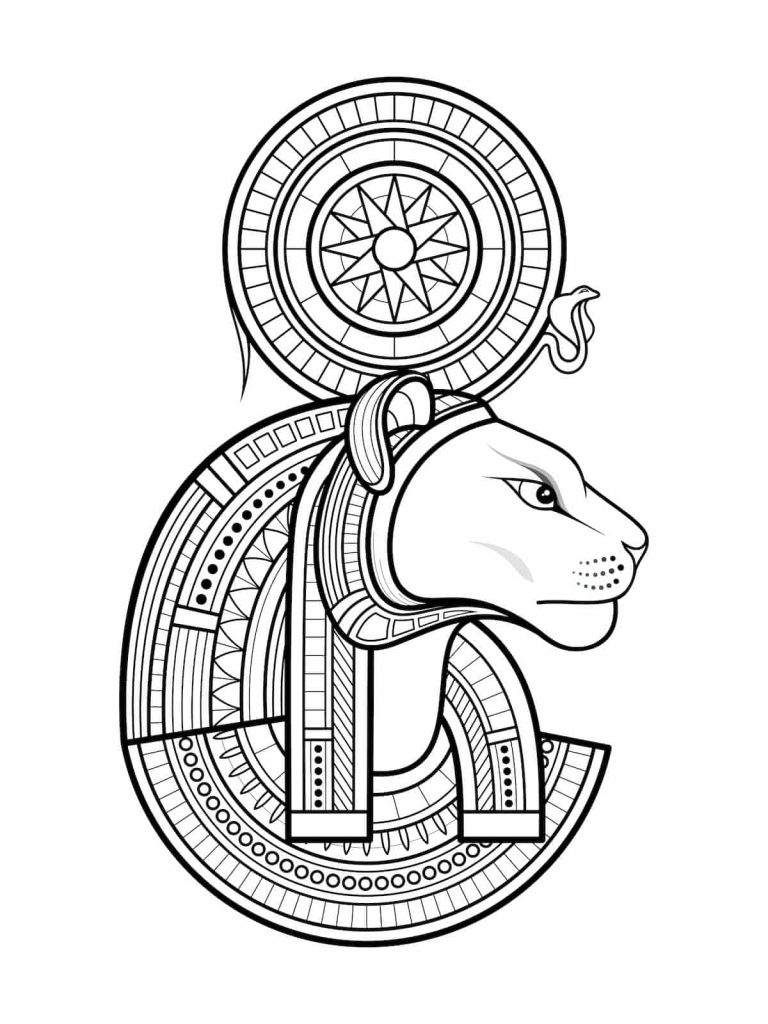
3. Classification of the Ancient Egyptian Gods
A. Major Gods (National Worship)
Hence, while there were many goddesses and gods within the Egyptian society, some attracted worship from not only a specific location but also across the entire kingdom. These were the state-sponsored gods who were invaluable to Egyptians because they always provided all aspects of rulership for them. Most of these national gods in Egypt were associated with such important functions as the cosmic system, order, as well as the afterlife. At the top of the list is the god Ra, also represented with the solar disk, who constitutes arguably the strongest point of the pantheon since he is revered highly for being the force behind all living things and for being the king upon whom rests all power.
Osiris, the god of the afterlife, was particularly venerated, as he was believed to revive the souls of the deceased whilst re-evaluating their morality. Amun, however, a Theban god initially, reached the peak of his Glamour in the late New Kingdom, becoming the very creator of the universe and everything in it-Amon-Ra, the highest of gods and even over-taking Ra itself!. Following closely would be the god Horus, depicted as a bird with a human face, closely connected with the ruling pharaohs, who were seen as the earthly embodiment of this god.
Roles of Anubis, Thoth, and Ptah
Anubis, the god of death and rebirth, was traditionally shown in the form of a black dog but can also transform into a wolf, which, after death, helps in cleaning up and purification of the body. Thoth was the god of wisdom and shown as a graceful bird and a man (With a head of an ibis) wise at monitoring affairs of the world while looking after the world then; Ptah the father of creation represented by men who create the spoken word which brings physical things into existence there is no better example than the statement of a phrase that captures such magnitude. These anthropomorphic figures that are often found in the tomb paintings of the ancient Egyptians were the religion of the ancient Egyptians.
B. Local/Regional Gods
The ancient religion of Egypt was always known for its pantheon of both local deities and national ones. This is why there were so many local and regional gods in place, all having their genesis in specific cities or regions in the country. Khnum, the ram-headed god of Elephantine, was said to have made human beings similar to how a potter makes pots on a turntable, in which the material used is the mud from the River Nile.
This was a simple way of describing the beginning of all things that needed to be made new. Montu, who was in Thebes and was portrayed as a fierce falcon-headed war god, was seen as the god of power and was worshipped as the one in charge of activities in the battles. Several people in the Faiyum region worshipped Sobek, the crocodile god, who would later personify and protect the dangerous and beneficial aspects of the Nile river, whereby he would support a military campaign and statutory loan, or ensure the survival of a land in times of disaster.
These gods were often interwoven in the local temples and changed, serving in that society, rising to national prominence eventually. The worship of these gods reveals how parochial Egyptian religion was and how these gods were the most central for the people, in terms of the veneration they demanded or the behavior that it was believed they favored.
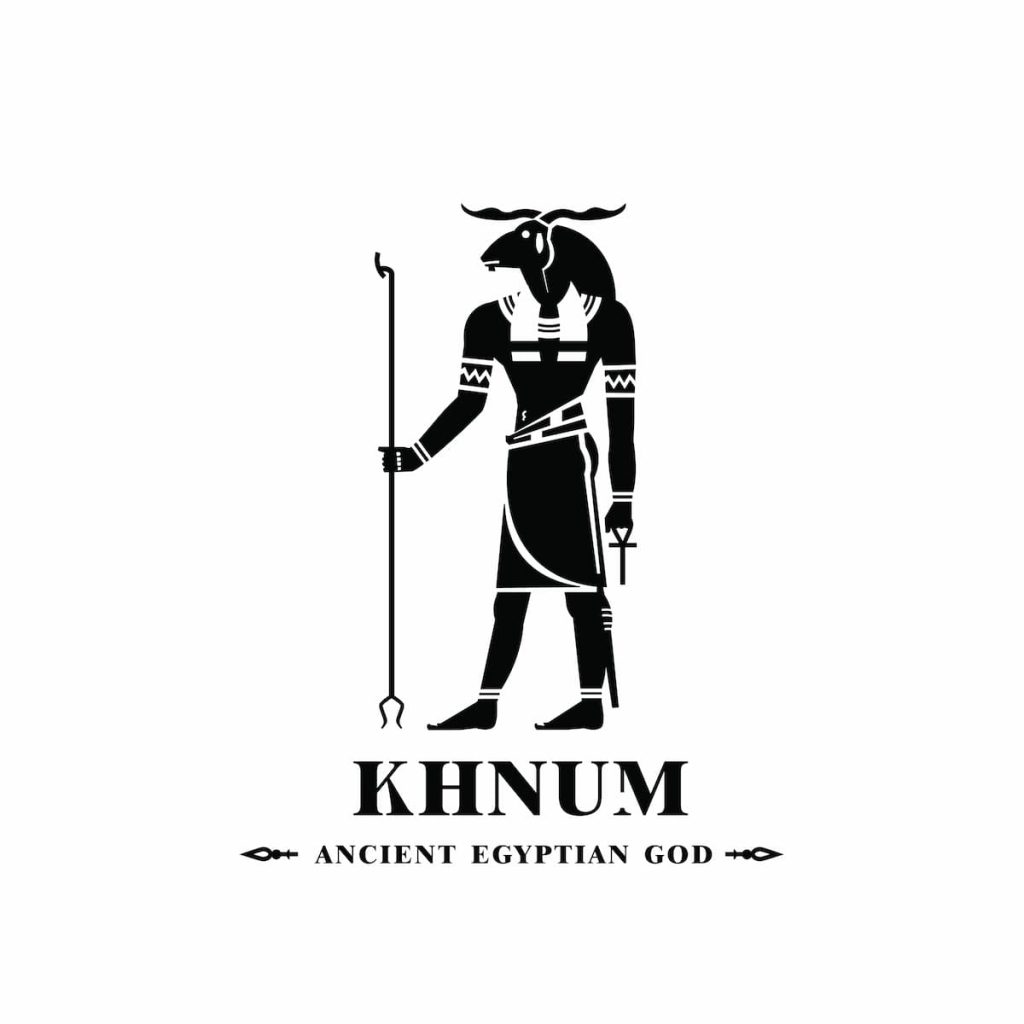
C. Syncretic Gods
Throughout millennia, the number of gods worshipped by the ancient Egyptians went up as many hymns were passed and several deities were grouped under one tag, with the characteristics, abilities, and identities of the other gods. This particular behavior represented both the continuing theological construction of religious systems as well as different adjustments in Aswan that were trying to merge different creeds or improve the image of a particular god.
A case in point is Amun-Ra, who was worshipped in the New Kingdom period as a new invention capable of combining the two gods, Amun, the creator god, who was mostly hidden, and Ra, the sun god, into one supreme being who is both visible and invisible. For another example, the three gods of Ptah, Sokar, and Osiris came to be united in the deity known as Ptah Sokar Osiris, that is, the creator, god of the underworld, and lord of the other world. This triad, popular particularly in the ancient Egyptian tomb-cults for the funeral ceremonies, was the most widespread in the funerary context.
On the other hand, there was a syncretic combination of the gods Ra and Horus, known under the name Ra-Horakhty (“Ra, Who is Horus of the Two Horizons”), which signified the relation of the sun god Ra to the lage-filler falcon god of the heavens and the king Horus in his pursuit of the sun’s path. These mixed gods helped ancient Egyptians to coalesce their ethical standards and moral duties, even as they changed their religious practices in the intricate religious system of the Egyptians.
D. Funerary and Underworld Gods
Egyptians were so obsessed with death and the underworld that they established a specific system of deities within their belief, such as the funerary and underworld gods that presided over this crucial transition. It revolved around Osiris, the god who was raised from the dead and ruled the Duat, the underworld, representing regeneration and morality in particular.
Fibers made using the most common textiles are considered to be the sacred Anubis, unveiled with the head of a dog or a jackal, who guarded the tombs of the dead and performed embalming operations, which included the removal of internal organs of a body in preparation for storage in the tomb.
Thoth, the god with the head of a crested ibis, associated with knowledge and profane writings, was present at the heart-weighing ceremony and kept the account of the deceased. Horus acted as a psychopomp, facilitating the transition of the selected souls into the presence of Osiris in an eternal battle against the chaos forces. The underworld, which was also known as the Duat in Ancient Egyptian literature, was an area that was peopled by various gods, some with specific purposes, such as to amuse the soul, and others to impede the said soul. Thus, these deities saw to it that death was not the end but rather the means of change and divine purpose.

4. Key Male Gods of Ancient Egypt
☀️ Key Male Gods of Ancient Egypt: Powers Behind the Thrones
From the radiant sun god Ra to the master craftsman Ptah, the gods of ancient Egypt formed the backbone of cosmic order, pharaonic power, and daily life. These deities were more than myth; they represented forces of nature, human values, and divine laws that governed the universe.
- Ra – Sun god and king of the gods, worshiped at Heliopolis, sailed the sky by day and the underworld by night.
- Osiris – God of the underworld and resurrection; green-skinned ruler of the dead, honored at Abydos.
- Horus – Sky god and protector of pharaohs; symbolized divine kingship and avenged his father Osiris.
- Anubis – Jackal-headed god of embalming and guide of souls; guardian of tombs and the afterlife.
- Thoth – Ibis-headed deity of wisdom, writing, and the moon; mediator of divine disputes and inventor of hieroglyphs.
- Seth (Set) – God of chaos and desert storms; rival of Horus but also a defender of Ra’s solar boat.
- Amun – The “Hidden One,” later merged with Ra; chief deity of Thebes and symbol of royal power.
- Ptah – Memphis’s creator god; patron of craftsmen who shaped the world through speech and thought.
- Khnum – Ram-headed god who molded human beings on a potter’s wheel; guardian of the Nile’s source.
- Montu – Fierce war god of Thebes; invoked in battle and seen as the embodiment of pharaonic might.
5. Role of Temples and Priests
A. Temples as Houses of the Gods
Temples in ancient Egypt were more than worship places-they were also the earthly dwelling places of the gods. Each temple was designed to be a cosmic model, conceived according to celestial and spiritual principles so as to maintain Ma’at, or divine balance. Within were the sacred daily rites that nourished and honored the god housed therein; incense would be burned, food and drink offered, meats would be ritually purified in water, and the divine statues might be clothed anew. Large temples such as those at Karnak (to Amun), Heliopolis (to Ra), and Abydos (to Osiris) acted as spiritual, political, and cultural centers throughout the land.
B. The Role of the Priests and Kings
The pharaoh was considered to be the high priest at each temple and the living manifestation of divine will. Thus, he was the supreme intermediary between gods and men. Temple maintenance, however, was a noble burden too great for kings to carry themselves, and therefore was delegated to the highly structured priesthood. Priests were selected from noble families and were tasked with conducting rituals, running the lands belonging to temples, and preserving the sacred knowledge. The temples controlled vast estates and acted as schools, with huge bureaucracies attached to them, and thus were crucial to the economy and social order in Egypt.
C. Sacred Animals and Symbols
Sacred animals and symbols were believed to personify divine forces. The Apis bulls stood for might and fertility until Ptah was the deity they represented, and as centuries went by, Osiris took over that function. The Bennu bird was related to the sun and to rebirth; it symbolized Ra’s passing and might have been the prototype for the Greek phoenix. The scarab, reflecting the sun’s course of transformation, became sacred to Khepri. The cobras (uraei) denoted the protection of the divine, while the falcon, as animal manifestations of Horus, stood for kingship and sky power. These were real ceremonies-these sacred animals were intertwined in rituals and iconography; sometimes they were even mummified for worship-down to the last details.
6. Daily Worship and Popular Religion
A. Household Shrines and Personal Gods
The gods had temple rituals done by the priests, but there were times when the common Egyptians found spiritual satisfaction at home. Small household shrines would be set by the families to pray to personal gods or ancestral spirits for protection, health, and prosperity. The common people would use amulets of gods like Anubis and Horus the Child to protect them from sickness and misfortune. For fertility and family well-being, Bes, the dwarf god of joy and protection, and Taweret, goddess of childbirth, were much favored in Egyptian homes.
B. Festivals and Processions
On festival days, the formal religion changed to communal celebration and merry-making. During the Opet Festival of Thebes, great processions would occur: the sacred barque of Amun would be taken from Karnak to Luxor. The Beautiful Feast of the Valley honored the dead by giving them gifts and holding reunions on the other side of the Nile. The New Year festivals focused on the annual flooding of the Nile and the heliacal rising of Sirius; they were about birth and divine order. This, then, was the people’s opportunity to link the divine with daily life.
C. Magic and Divine Protection
Magic (heka) was true to the Egyptian’s everyday life, and in the middle of it stood divine influence and power. Protection against any harm was conjured through spells and incantations for health and fertility, safe childbirth, and repelling evil. Egyptians would carry magical texts: either the Book of the Dead, or protective amulets bearing the names of gods and sacred symbols. Whether performed by priests or laypeople, these manifestations were an expression of Egyptian religion in a personal and practical way, the divine always present and within reach.
7. Gods and the Afterlife
A. The Journey of the Soul
The ancient Egyptians viewed death as merely the onset of a difficult journey into the Duat, thought of as a mysterious underworld. It was a world of trials wrought and guided by changes in time due to gods. Before entering the land of the dead, a soul could be summoned to overcome gates and monsters lying in their way, and then judged by the great judges Osiris, Anubis, Thoth, Horus, and Ma’at. Osiris was the king of the realm of the dead and a symbol of resurrection; Anubis was the guide and embalmer; Thoth was the divine scribe; Horus gave protection to the soul; and Ma’at represented truth and order.
B. Weighing of the Heart
Preeminent in the journey to the afterlife was the Weighing of the Heart, within the Hall of Two Truths. The heart of Ammit was weighed against the Feather of Ma’at. If it was weighed down with sin, then it was devoured by fearsome Ammit, and the journey of the soul would come to its terminus there. If it was set against the feather and found to be in balance, then the soul was able to proceed into the Field of Reeds, an idyllic version of earthly life.
C. The Book of the Dead
The Book of the Dead, being a collection of magical spells, hymns, and prayers, was buried with the deceased so that the spells might protect the souls. These spells called upon the help of the gods, gave the words of power to be pronounced, and instructed on the way through the Duat. Such texts, usually painted on papyrus scrolls, would depict the gods directing the deceased in acts, thus offering both reassurance and divine protection.
9. Conclusion
Besides mythology, Egyptian gods were considered part of the cosmos, present at every sunrise, harvest, river flood, and royal decree. Through their symbols, temples, and legends, they also upheld the sacred balance that determined the heavens and mortals. From worship of the great ones Ra and Amun to private worship of Anubis or Thoth, these gods affected every absolutely important event in the life and death of man.
The resonance of the Egyptian gods into present times-from the academic institution to pop culture-has never ceased to inspire awe and curiosity. The Egyptian divine legacy stands as one of the most profound spiritual and mythological offerings to mankind.

